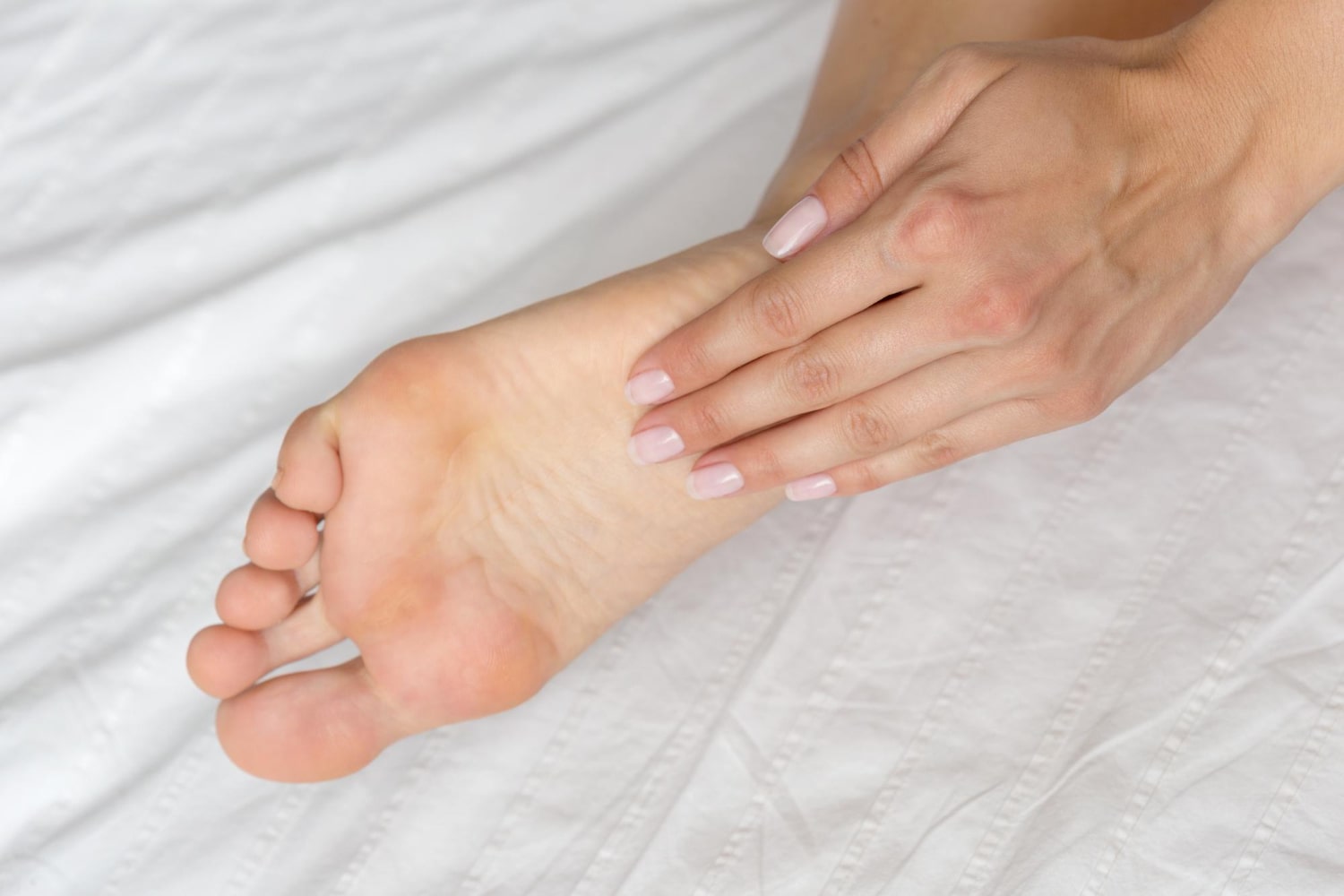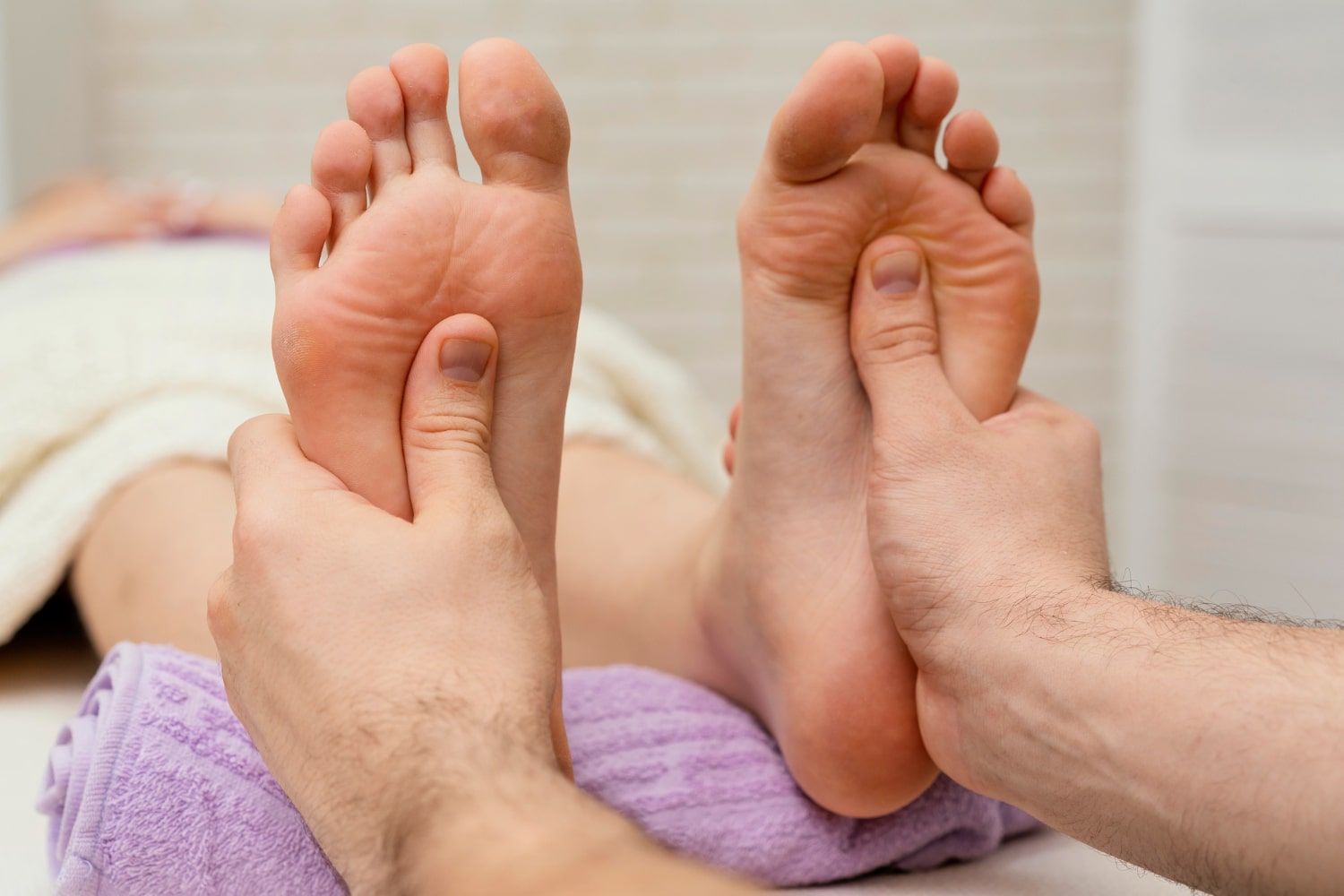What Does Foot Ulcer Look Like?
A diabetic foot ulcer is a dangerous condition that can lead to infection and amputation. In some instances, foot ulcers can be fatal. Knowing what do diabetic foot ulcers look like can help you address issues early, before they get worse.
This article will review the signs of diabetic foot ulcers so that you can take action.
What is a Diabetic Foot Ulcer?
A diabetic foot ulcer develops from a foot injury such as a blister, corn, or a similar wound. Diabetics often suffer from neuropathy, so they don’t feel the pain of these wounds and don’t treat them promptly. Low immunity, another issue common to diabetics, means the wound can rapidly become infected.
If not treated early on, the ulcer can further develop into gangrene and may require an amputation.
What Do Foot Ulcers Look Like at First?
Knowing what a foot ulcer looks like at the start is essential. Early signs allow you to address issues before they get worse. Here are some things to look out for.
- Discoloration: The skin around the foot ulcer may become discolored, turning red, dark blue, or purple, signifying inflammation or compromised blood flow.
- Foot Wounds: Any foot wound can signify the early signs of a foot ulcer, including blisters, cuts, ingrown toenails, athlete’s foot, corns, or calluses. Become familiar with the different types of foot wounds so you know what to look out for.
- Swelling: Swelling near the wound and the surrounding tissues may indicate foot ulcer development.

What Do Foot Ulcers Look Like?
In later stages, foot ulcers may take on the following characteristics.
Foot ulcers can vary in shape and size. They may be small and round initially, seeming minor, but they can develop into larger wounds and must be addressed.
Eventually, they may take on a large, irregular shape, extending beyond the skin’s surface to the bones, muscles, and tissues. This advancement is typically due to poor blood circulation, excessive pressure, or low immunity, which contribute to slow healing. At this stage, the ulcer will require immediate attention.
You may consult photos of foot sores and diabetic ulcer foot pictures to see what these conditions look like in their early and later stages.
When to Seek Medical Attention
You should get medical help at the first sign of a foot ulcer to ensure it doesn’t worsen. However, you should run to a doctor if the wound is not healing or you are experiencing persistent pain and discomfort.
Feetsee Can Address Foot Ulcers Before They Get Worse
Feetsee addresses foot ulcers in the early stages, before they get worse. The device monitors your foot temperature, detecting increases that could indicate inflammation. If rising temperatures are identified, an alert is sent to your doctor so they can provide immediate care.
Browse our website to learn more about our innovative product and how it can support your well-being.
FAQs
What Does a Non-Diabetic Foot Ulcer Look Like?
A non-diabetic foot ulcer looks no different from a diabetic foot ulcer. The main difference is not the appearance but the cause of the ulcer. A diabetic foot ulcer is caused by nerve damage, poor circulation, and reduced immunity related to diabetes. In contrast, a non-diabetic ulcer is typically associated with external factors like trauma and pressure.
Seek out pictures of non-diabetic foot ulcers for more clarification.
What Does a Healing Foot Ulcer Look Like?
A scab will form when a foot ulcer heals, and new tissue will appear. The skin will also look less red and swollen.
What Does a Toe Ulcer Look Like?
Ulcers can also form on the toe, resembling a red crater. It may be surrounded by thickened, calloused skin. In severe cases, the tissue and bone may be exposed.

Detect Early, Prevent Amputations
Diabetic foot ulcers (DFUs) lead to significant discomfort, pain, numerous amputations, and billions of dollars in healthcare costs each year.
